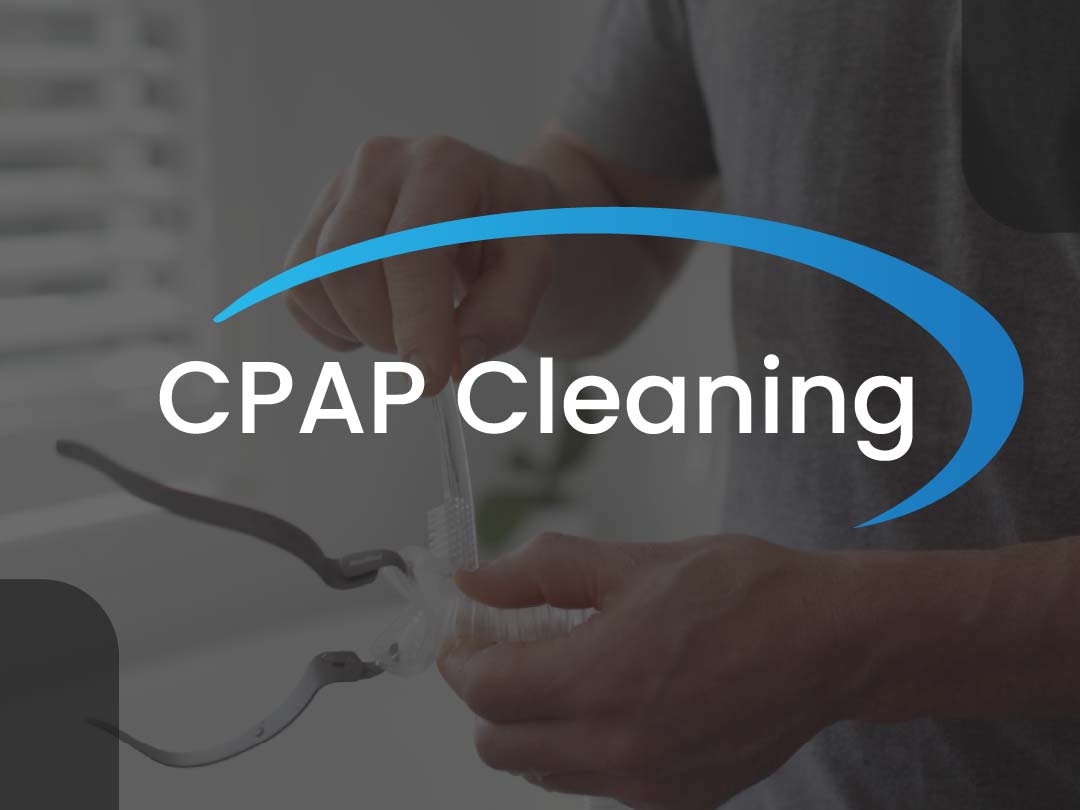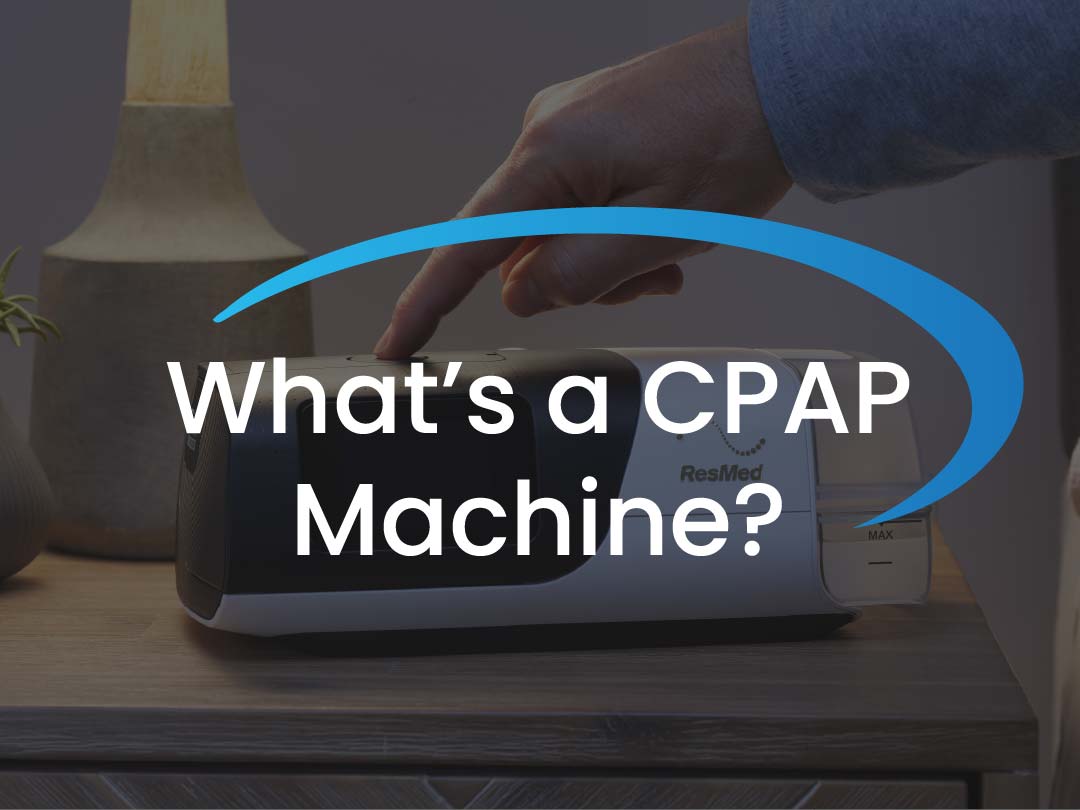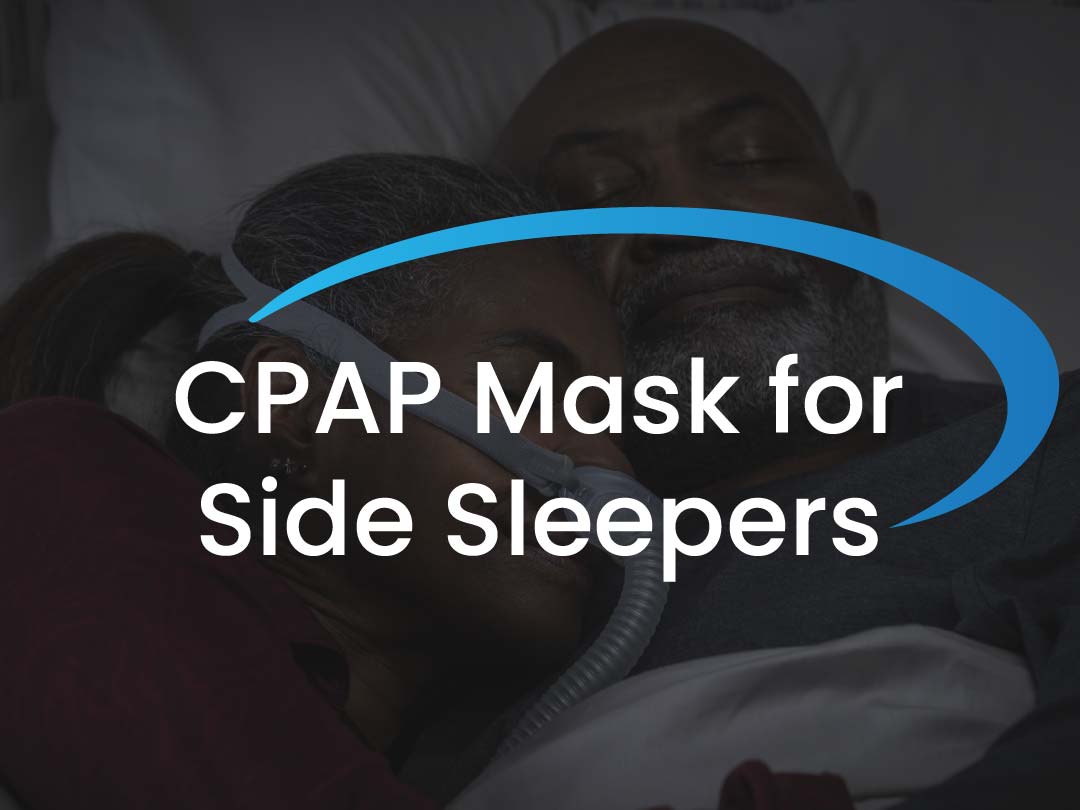Temperatures have taken a dip. As we get away from warmer temperatures and move toward colder nights, it may be time to consider how humidity affects your CPAP.
/wp:paragraphwp:paragraph
During the Fall and Winter months our indoor air usually becomes drier. This could cause dry nasal passages, increase cold symptoms, and issues with congestion. Many of these symptoms could be alleviated with the use of a humidifier.
/wp:paragraphwp:paragraph
Humidity is the amount of water vapor in the atmosphere or a gas. A humidifier will add moisture into your room to prevent the dryness that will could affect your CPAP's usefulness in the Fall and Winter months.
/wp:paragraphwp:paragraph
Things to consider when using a humidifier include:
/wp:paragraphwp:paragraph
1. Your condition: Work with your doctor to see if adding a humidity to your CPAP routine will work for you. Humidifiers are great for dry skin and throat, bloody nose or nose irritation, and sinus congestion.
/wp:paragraphwp:paragraph
2. Type of humidifier: Humidifiers come in all shapes and sizes. Types of humidifiers include central humidifiers, evaporators, impeller humidifiers, steam vaporizers, and ultrasonic humidifiers. Do some research on your own and also consult your doctor on which will work best with your situation.
/wp:paragraphwp:paragraph
3. Controlling humidity: To prevent dust mites, harmful bacteria, mildew and mold, use should keep your humidity between 30 and 50 percent.
/wp:paragraph

